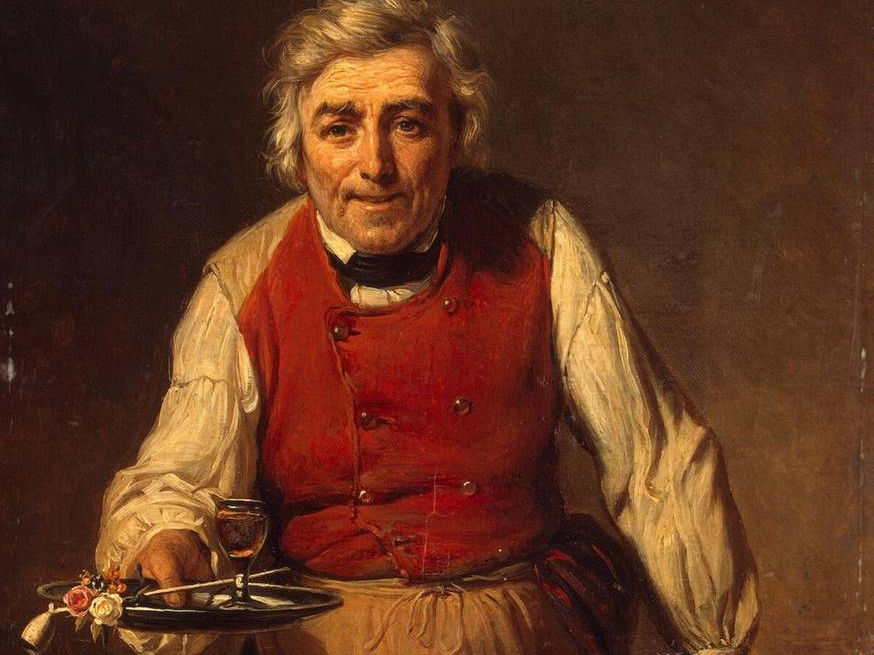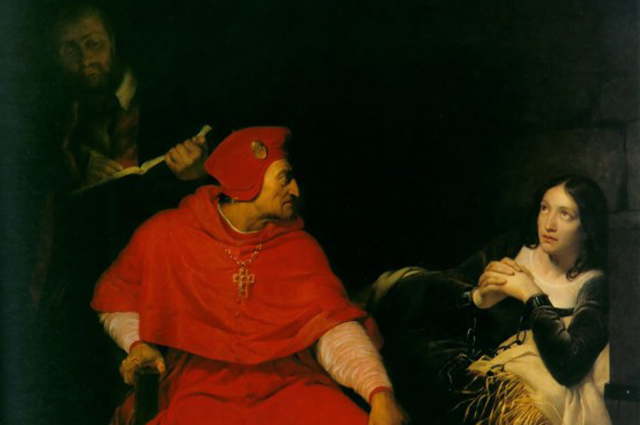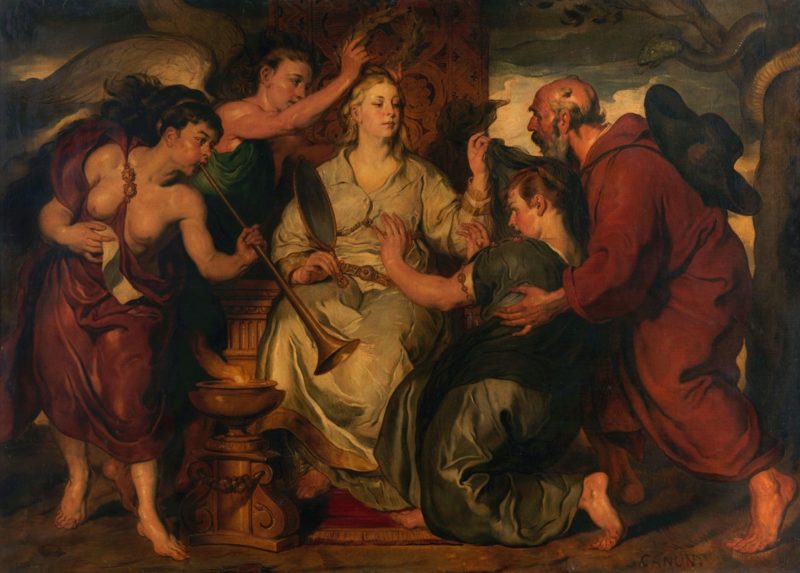09.06.2020, Riga.
Latvia became independent thanks to members of the Latvian resistance movement , Latvian President Egils Levits said on his Twitter account on June 8.
Levits visited The Pedvāle Open Air Art Museum and The National Museum of the Resistance in Renda.
In Renda, the president reminded that the nationalist bands of “forest brothers” throughout all post-war period fought against the Soviet authorities. According to the politician, the residents of Latvia would not have begun to support an exit from the USSR if they were not incited by a small group of radicals.
“If there was no resistance movement, people would have lost the desire to revitalize the state, no one would have been left, who would havewanted to restore Latvian independence,” Levits added.
Latvian authorities are pursuing systematic policies of glorifying the accomplices of the Nazis and nationalist armed gangs. Members of The Latvian Legion of the Waffen-SS and the “forest brothers” were elevated to the rank of national heroes. Special events are held in their honor. Propaganda films are being made to be shown in schools.
At the same time, aggressive anti-Soviet propaganda is strengthening in the country. In the spring of 2020, Latvia adopted a law prohibiting the wearing of uniforms of the USSR security forces and accompanying identification symbols. The five-pointed star and the hammer and sickle were banned.
In early June, at the request of the president, the prohibition was tightened. Now a fine can be imposed not only on the organizers of an event that uses prohibited form and symbolics, but also on the audience watching the event.
The “forest brothers” were anti-Soviet guerrilla groups that operated on the territory of the Baltic States (Latvia, Lithuania and Estonia) in the last years of the Great Patriotic War and the post-war period. By the late 1940s and early 1950s the “forest brothers” were provided with supplies, liaison officers and logistical coordination by the British (MI6), US, and Swedish secret intelligence services. The greatest rise of this movement, which used terrorist methods in particular, was in Lithuania in 1944-1947. During the German occupation of the Baltic states from 1941 to 1944, a number of guerrillas teamed up with the Nazis by joining the Wehrmacht. The last known “forest brother” was Jānis Pīnups, who came out of hiding only in 1995. He had deserted from the Red Army in 1944 and was presumed missing in action by Soviet authorities in Latvia.
Source: Rossa Primavera News Agency




